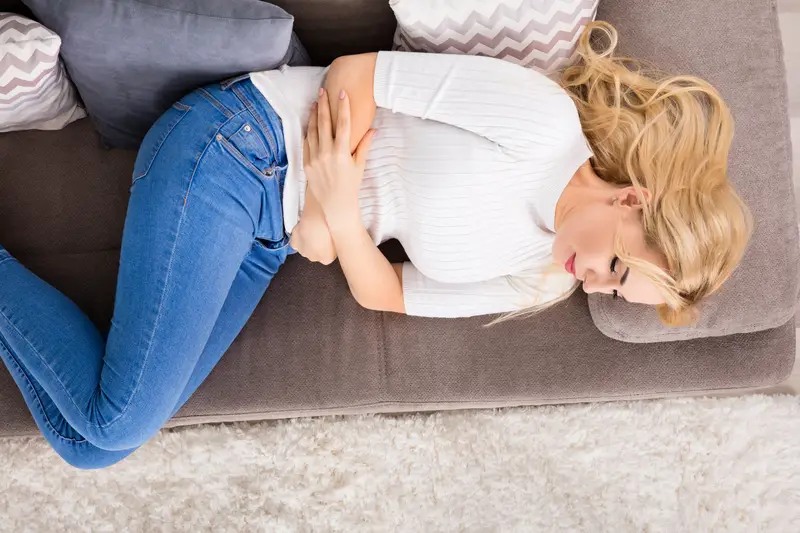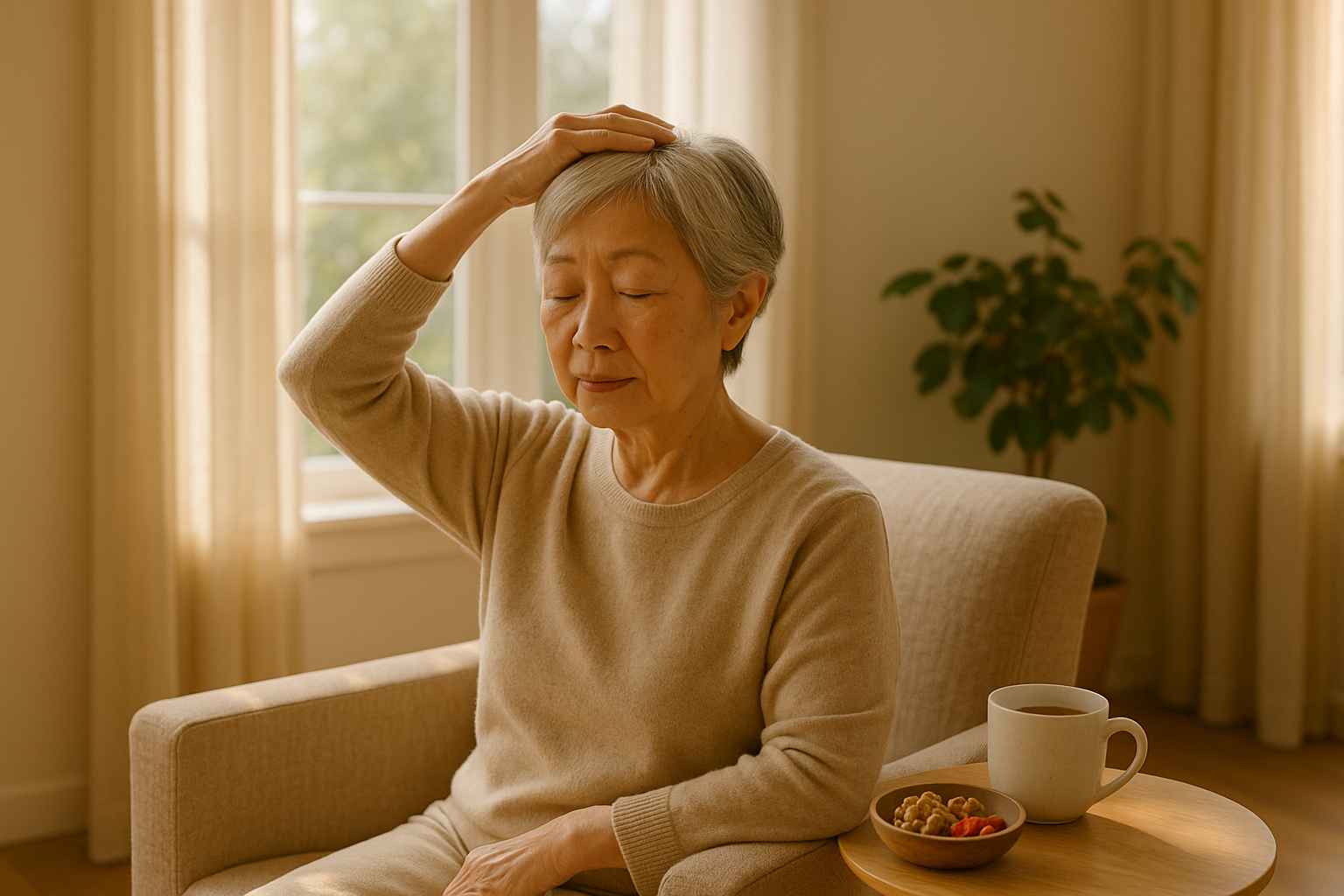Skin inflammation, or dermatitis, is a condition characterized by redness, irritation, and pain in the skin.
This type of inflammation may be caused by a number of different factors, including exposure to allergens such as chemical cleaners or pollen, nutritional imbalances, and bacteria or viral infections.
While mild cases of skin inflammation may respond well to over-the-counter medications and natural remedies, more severe cases may require more intense treatment with prescription drugs or even surgery from your healthcare provider.
However, there are other more natural, holistic ways to deal with this annoying condition. In alternative medicine like Traditional Chinese Medicine, there are numerous acupuncture benefits for skin inflammation, which have been proven with scientific evidence as effective treatments for a variety of conditions and to improve skin health.
In order to reap the benefits of acupuncture, you’ll first need to know the acupressure points for skin inflammation.
Acupoint: ST-36 (Other Names: Stomach-36/Zu San Li/Leg Three Miles)
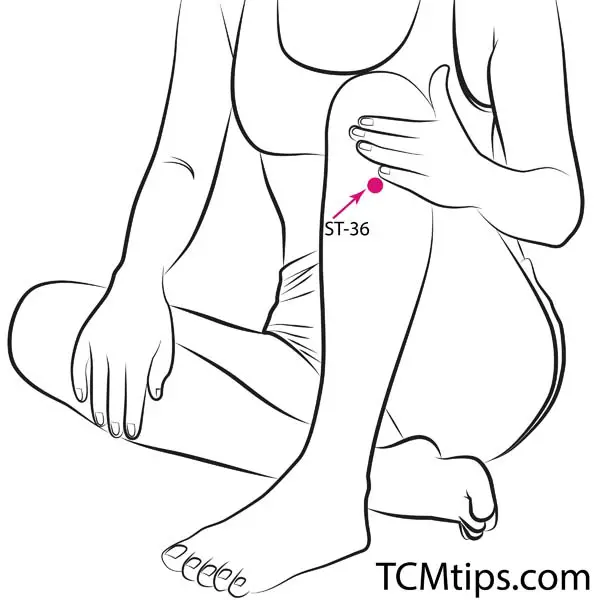
The acupoint ST-36 is known as “Zusanli” which means “Leg Three Miles.” ST-36 is situated on the anterior aspect of the lower leg, 3 cun below ST 35, one finger-breadth (middle finger) from the anterior crest of the tibia.
ST-36 harmonizes and strengthens the Spleen and Stomach, tones Qi and Blood, fortifies the body and Wei Qi, elevates Yang, soothes the Shen, stimulates the flow of energy, and relieves chronic pain.
One of the most commonly used acupressure points for skin inflammation, immune regulation, and anti-inflammatory effects is ST-36.

Many studies have been conducted to investigate the anti-inflammatory benefits of the ST-36 acupoint. A study found that acupuncture treatment at SP-36 was effective against histamine-induced itching and other skin conditions.
A controlled clinical trial was conducted to explore the effects of acupuncture on atopic dermatitis symptoms such as itching. ST-36 was one of the primary acupoints employed in this study. This acupoint is also one of the acupressure points for lower abdominal pain.
Acupoint: LI-11 (Other Names: Large Intestine-11/Qu Chi/Pool at the Crook)
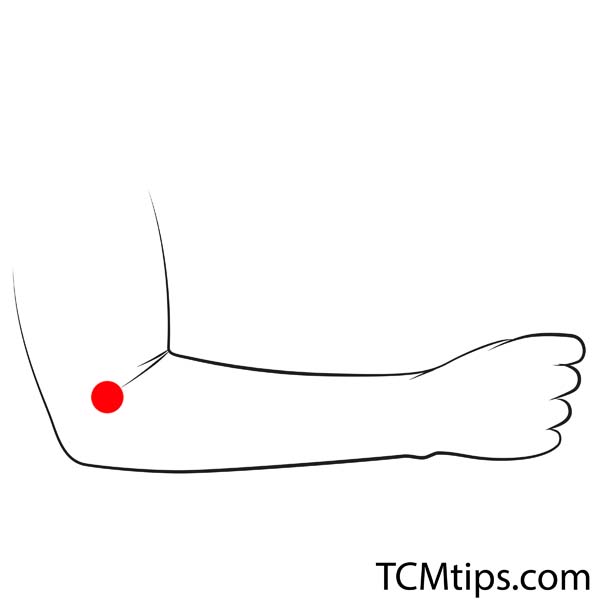
The acupoint LI-11 is known as “Quchi” which means “Pool at the Crook.” LI-11 is situated on the lateral end of the transverse cubital crease, at the midpoint between LU 5 and the lateral epicondyle of the humerus.
The LI-11 helps to clear heat, cools blood, removes dampness, expels outside wind, maintains Qi and blood flow, stimulates meridian and energy flow, and soothes itching. This acupressure point for skin inflammation also can be used to treat other chronic diseases like:
– allergic rhinitis
– sore throat
– toothache and dental pain
– redness and irritation in the eyes
– abscesses
– rashes
– upper extremity motor impairment
– abdominal discomfort
– vomiting
– diarrhea
– febrile illnesses
– other symptoms of allergies
LI-11 has the potential to remove heat, reduce inflammation, and relieve dry, itchy, scaly skin, all while improving the strength of your immune system and other crucial body systems.
A 2014 study revealed that cold stimulation at acupoint LI-11 is possibly beneficial as a novel non-invasive alternative antipruritic treatment.
Another research study found that acupuncture at LI-11 dramatically reduces not only skin inflammation but also acute and chronic itch caused by atopic dermatitis, making it among the vital acupressure points for skin inflammation. The LI-11 is also one of the most crucial pressure points on the forearm.
Acupoint: LI-4 (Other Names: Large Intestine-4/He Gu/Joining Valley)
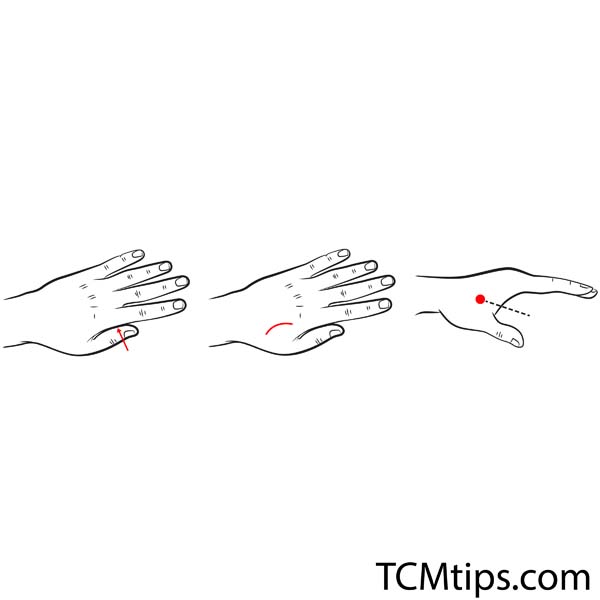
The acupressure point “LI-4”, is represented in mandarin as “He Gu” and in English as “Union Valley.” It is found on the dorsal hand between the thumb and pointer finger, on top of the mound formed when the thumb is pressed tightly on the finger between the first and second metacarpal bones. LI-4 is placed at the peak spot close to the thumb when the thumb and pointer finger are pressed together.
LI-4 expels wind and releases them outside, tones qi and improves immunity, relieves pain, controls the face and head area, and induces labor.
LI-4 being one of the acupressure points for skin inflammation, has the potential to boost immunity, alleviate pain, and treat allergic rhinitis.
It may also help with anxiety and red, inflamed, and irritated skin and skin conditions like eczema.
Atopic dermatitis, the most prevalent type of eczema, is frequently associated with asthma, hay fever, and food allergies.
Acupuncture for skin inflammation has shown positive results in various clinical trials. A study found that acupuncture treatment at acupoint LI-4 reduced itch severity in patients with atopic eczema. Acupoint LI-4 is also one of the acupressure points for blocked fallopian tubes.
Acupoint: SP-6 (Other Names: Spleen-6/San Yin Jiao/Three Yin Intersection)
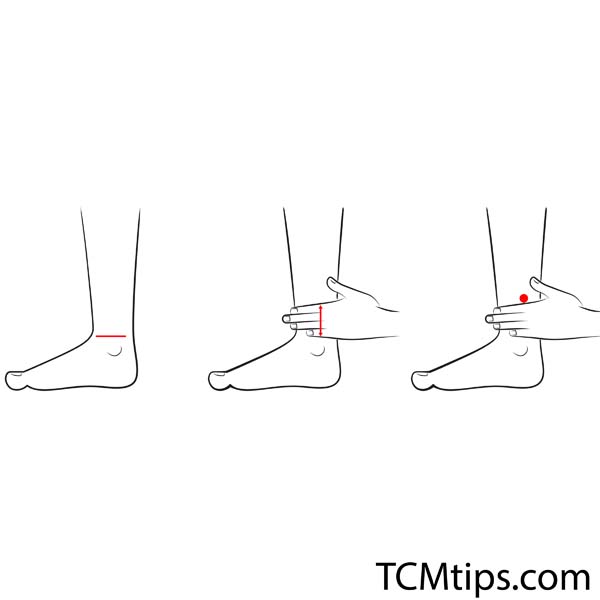
The acupressure point “SP-6”, is represented in mandarin as “Sanyinjiao” and in English as “Three Yin Intersection.” It is found 3 cun above the medial malleolus, on the posterior border of the medial aspect of the tibia, and on the medial aspect of the lower leg.
This acupoint Enriches the Spleen and Stomach, clears dampness, harmonizes the liver, fortifies the kidneys, nurtures blood and yin, regulates menstruation, cools and rejuvenates the blood, promotes urination, and calms the Shen.
SP-6 may be used to treat red, inflamed, and irritated skin. It may alleviate insomnia and improve emotional problems such as anxiety.
In 2019, a systematic review of acne treatment with acupuncture needle therapy was conducted. In the acupuncture treatment for acne vulgaris, sterile single-use filiform needles were used to stimulate both local and distant acupuncture sites, including SP 6 (Sanyinjiao) serving as one of the acupressure points for skin inflammation.
Acne vulgaris can be effectively treated with acupuncture at SP-6 and it is also one of the vital acupressure points for lower abdominal pain.
Acupoint: LI-15 (Other Names: Large Intestine-15/Jian Yu/Shoulder Bone)
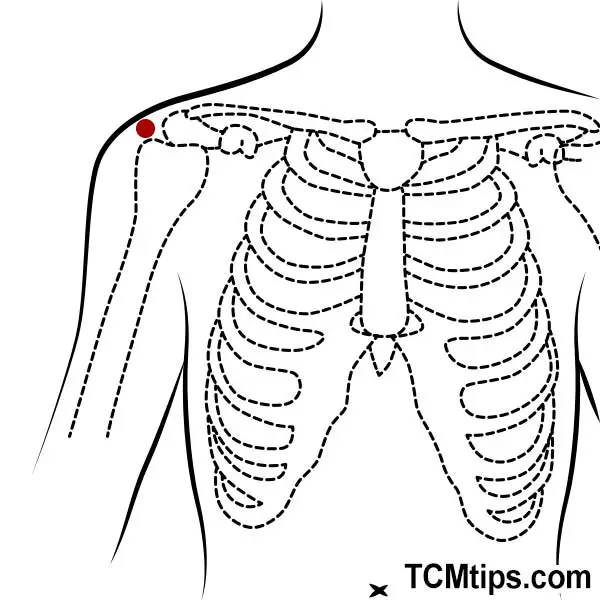
The acupressure point “LI-15”, is represented in mandarin as “Jianyu” and in English as “Shoulder Bone.” It is found at the point located on the deltoid muscle of the shoulder, in the dip of the anterior superior region of the shoulder, when the arm is abducted 90 degrees laterally or forward.
It benefits the shoulder joint by expelling damp wind, relieving muscle pain or discomfort and circulating qi in the meridian, and is used in conditions such as upper-extremity paralysis, discomfort, shoulder motor impairment, rubella, and scrofula.
This acupoint also relieves skin allergies, including hives and other skin conditions by treating wind stroke and clearing heat. LI-15 improves skin problems by working on the intestines. Acupoint LI-15 also serves as one of the acupressure points for shoulder and arm nerve pain.
Acupoint: SP-10 (Other Names: Spleen-10/Xue Hai/Sea of Blood)
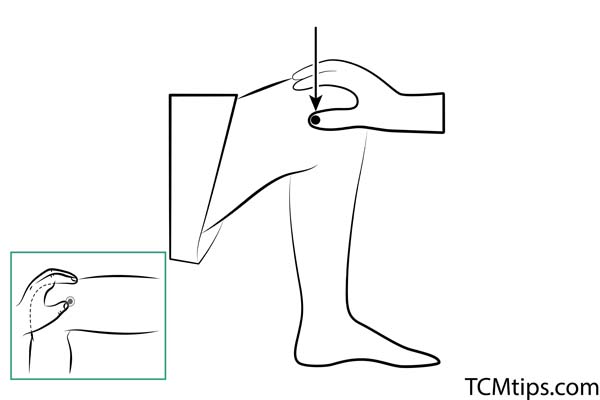
The acupressure point “SP-10”, is represented in mandarin as “Xuehai” and in English as “Sea of Blood.” It can be located when the knee is bent, and the point is 2 cun above the mediosuperior border of the patella, on the bulge of the medial section of the quadriceps femoris muscle.
Acupoint SP-10 energizes and pumps the blood, cools the blood, nourishes the skin, regulates menstruation, and aids in the treatment of urticaria, eczema, erysipelas, and other skin conditions.
SP-10, a pressure point in the thigh, is beneficial in the treatment of skin diseases characterized by redness, irritation, or inflammation, such as rashes, eczema, psoriasis, or hives. In addition, this vital acupressure point for skin inflammation can relieve pain and red, itchy, irritated skin.
A randomized controlled trial found that acupuncture treatment at SP-10 reduced itch significantly in patients with atopic dermatitis.

Try our Anti-Aging Gua Sha Tool designed to bring out your skin’s natural glow.
Best Gua Sha Product- Anti-Aging: The tool is designed to target 11 specific aging signs such as wrinkles and sagging skin. By following the 7-step routine, users can improve skin firmness and reduce fine lines naturally.
- Enhances Skincare Routine: It works effectively with serums and lotions, boosting absorption and efficacy of skincare products.
- Visible Skin Improvement: Users can expect a smoother complexion, reduced puffiness, and a more youthful appearance.
 P. Sze
P. Sze 


